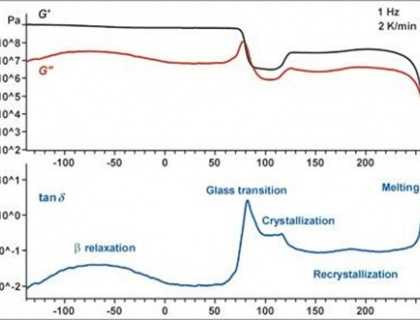Parametric modelling in 3D is a design approach that uses mathematical equations and parameters to create three-dimensional models. This method allows designers to modify and change their design quickly, without having to recreate the entire model.
In parametric 3D modelling, the designer creates a model by defining a set of parameters or variables, such as dimensions, shape, or angles. These parameters can then be adjusted and modified, which changes the model's appearance and properties.
For example, suppose a designer is creating a 3D model of a car. In that case, they may use parameters such as the length, width, height, and position of the wheels and doors to create an initial design. They can then adjust these parameters to change the car's size or shape, or even modify the suspension geometry or engine specifications.
Parametric 3D modelling software, like SolidWorks or Autodesk Inventor, allows designers to create, visualize, and analyze complex designs quickly and accurately. By using mathematical algorithms, these programs can generate 3D models that can be modified, optimized, and tested to ensure that they meet design specifications and requirements.
Overall, parametric modelling in 3D is a powerful and flexible way to design and develop complex objects. It enables designers to create better designs faster, improve product quality, and reduce design errors and costs.

Mechanical analyses refer to the study and characterization of the physical properties of materials or systems under mechanical stress, deformation or loading.
Read moreMechanical analyses refer to the testing or analysis of the mechanical properties and behavior of materials or structures under applied stress, deformation, or load.
Read more
Virtual reality (VR) is a technology that allows users to experience a computer-generated 3D environment as if they were present within it. In the context of design offices, VR can be used to enhance the design process by providing designers with an immersive, interactive, and collaborative environment in which to view and evaluate their designs.
Read more